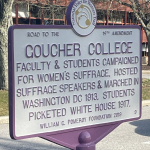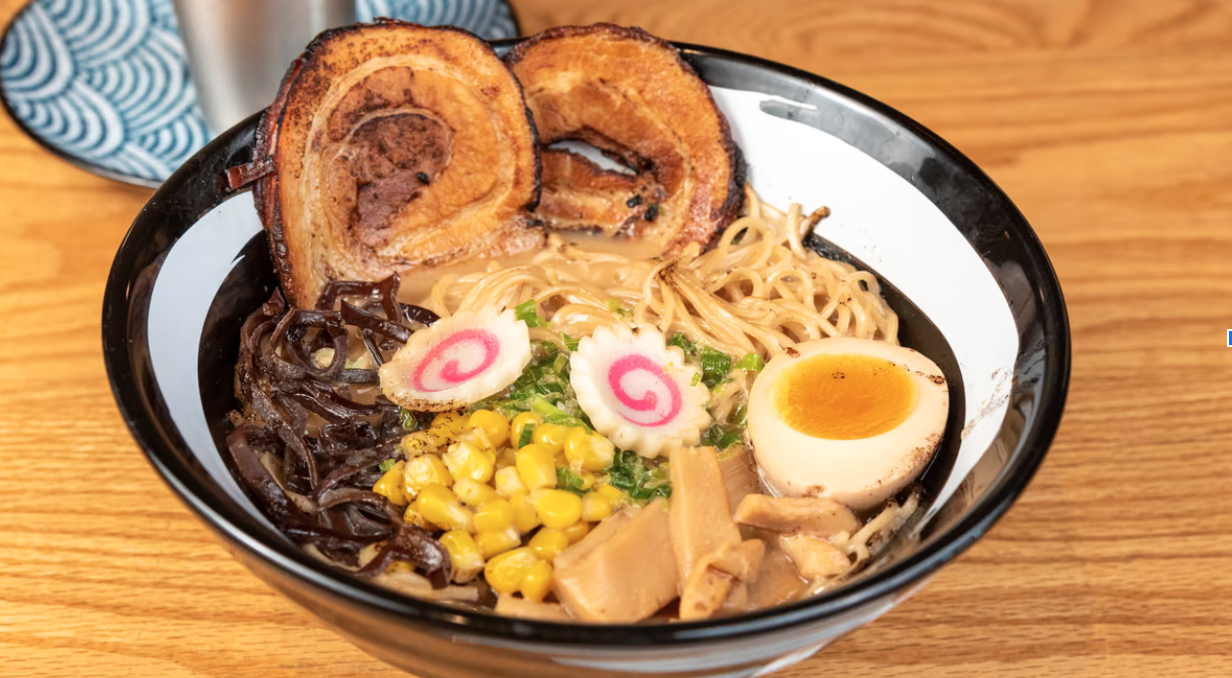On Options and Variety in the Dining Hall

Just yesterday, I walked into the Mary Fisher dining hall and found myself pleasantly surprised by the options on display. I thought, Oh, wow. I can finally have a balanced meal today. So onto my plate I heaped some tasty looking fried rice, pork butt, and green beans and went to take my seat in the fishbowl. I eagerly dug in, and everything was fine for a little while. The pork butt was maybe a bit too salty for my taste but the rice was decent and I was having a good time.
Until I got to the green beans.
The second I bit down on the first one, alarm bells rang in my head. Specifically, in my mouth, where I had the unpleasant sensation of hearing squeaking as I chewed. Now, I don’t know about you, but this is the first time I’ve ever eaten green beans that squeaked as I ate them. The incredibly discomforting rubbery texture of the vegetables put me off of them, and I avoided touching them for the rest of the meal. To my dismay, my dreams of having a well-balanced meal for dinner were dashed before they even began.
The fact of the matter is, the dining hall has some pretty shoddy options when it comes to vegetables. Sometimes, there’s an odd wax texture on them, which I suspect must have been the reason for my rubbery green beans. There was a case of rotting lettuce in the salad station even!
However, the case of bad vegetables only nominally affects me, when I don’t have any dietary restrictions due to food allergies, personal beliefs, or religious reasons. For some of my friends, this is not the case. In fact, I was inspired to write this because of a vegetarian friend of mine. I would often see that the only thing she ate was a bowl of cottage cheese. While she was quick to assure me that that wasn’t the only thing she eats, she had her reasons for why she had it so often.
“It’s…one of the only protein sources available other than tofu, and I can’t eat tofu every day,” she told me. “They could just have more variety. [There’s] so many things that you can make…that aren’t just blocks of tofu.”
Another friend of mine is a Jewish girl who, along with keeping kosher, has a plethora of food allergies that limit what she can eat, such as certain fruits and seasonings, along with generally not consuming animal products as a vegan. While the kosher station can often meet her needs as they generally make allergy-free vegan options, she sometimes feels like the rest of the dining hall is less accessible.
“Sometimes there are [not any] options that I can actually eat, so I end up having a salad or just plain bread,” she said. “I would appreciate it if there was…[a consistent] vegan pasta dish…[and] made sure their [all of] vegan dishes were allergen-free.”
She is also tired of the lack of variety, claiming that the vegan beef and vegan chicken are “not really always the best depending on the dish.”
But, according to one junior I interviewed, Goucher can make good vegan meat. Gabie has been a vegetarian her entire life, and has noted that a lot of their meat substitution options often fall by the wayside, especially the notoriously terrible black bean burgers.
“Sometimes they have…quality meat substitutes like…the fake meatloaf and things that are genuinely good but…[they’re] a once or twice a semester thing,” Gabie stated. “They have proven that they can give us actual good meat substitutes and they don’t and it’s very frustrating.”
So the issue here is not a lack of capability. Clearly, there are the occasional good meals that our fellow non-meat eating students can have. But the lack of effort on Goucher’s part to consistently provide all of their students that have dietary restrictions with good, nutritious food is a travesty. It honestly shouldn’t even happen, considering every student who lives on campus is required to have a meal plan. This problem isn’t limited to the dining hall, but also the student market.
A common complaint I’ve heard is that there are very limited vegetarian options to get. Besides the salads and vegetable sushi, there’s not much non-meat eating students can get. Meanwhile, even if you get a salad, you can choose between a ceasar salad (the meatless option still contains cheese) or a plain garden salad consisting of only lettuce. The portion sizes of the rare vegan options are also notably getting smaller, leading to unsatisfying, unfulfilling meals for anyone who chooses to forego the dining hall.
I don’t think it’s asking for much for Goucher to do better. Providing students with accessible, actually good food should be a non-issue. It wouldn’t take much for them to add more non-meat protein options—such as beans—and provide more vegetarian/vegan foods to the student market, like bringing back the black bean burgers that many students actually liked. As many students don’t consume dairy for a variety of reasons, dairy-free desserts such as sorbet should also be common in the dessert station.
But until Goucher gets better, it is up to students to keep reminding them that not everything is up to far. Until that happens, here’s some advice for future vegan/vegetarian Goucher students given from Gabie: “…When there’s good things, get them, because you don’t know when they’ll be back.”
By Jaiden Johnson ‘27
Disclaimer: This piece was published as a student’s op-ed submission. The Quindecim is a space for all students within the Goucher community to express their views and beliefs. These pieces are released in the name of journalistic integrity and not in an attempt to antagonize or reflect the institution of Goucher as a whole.













